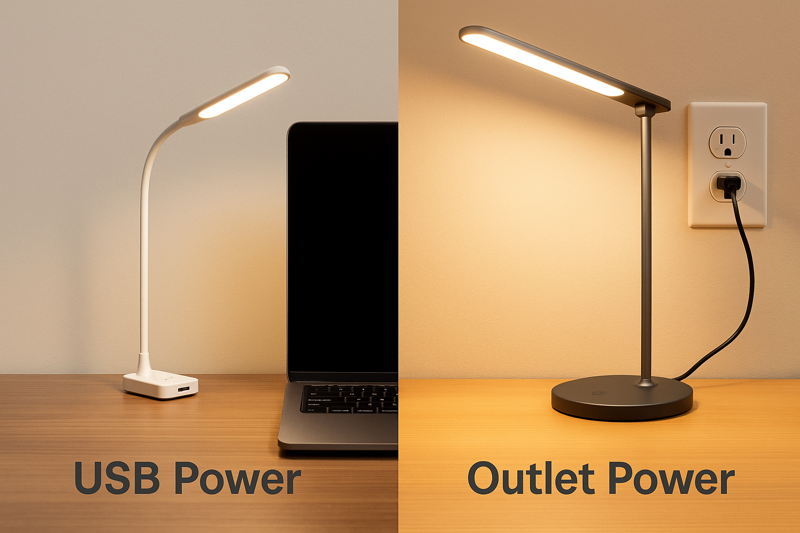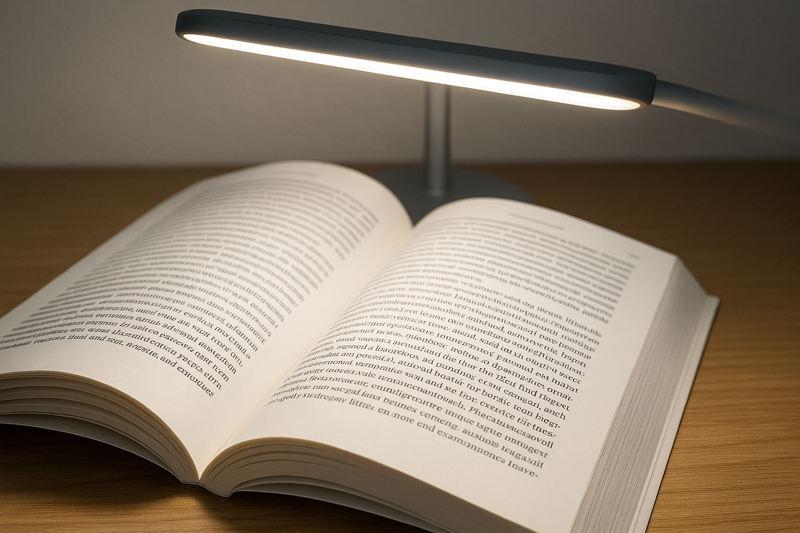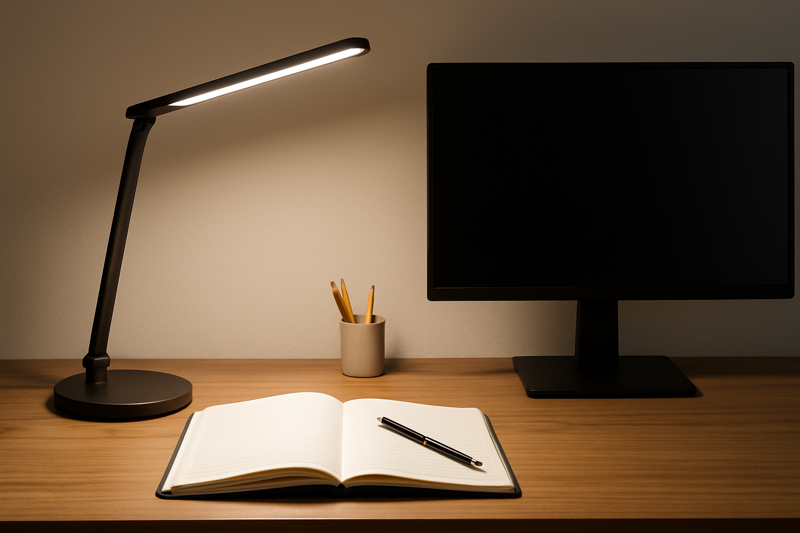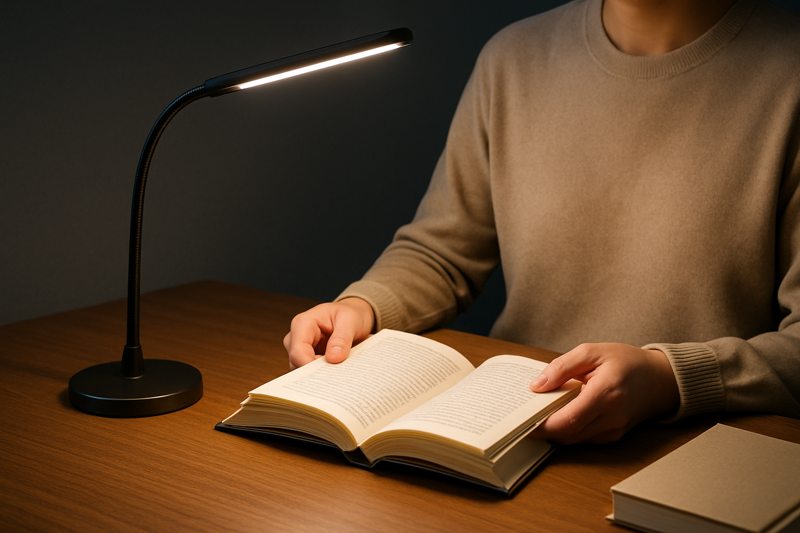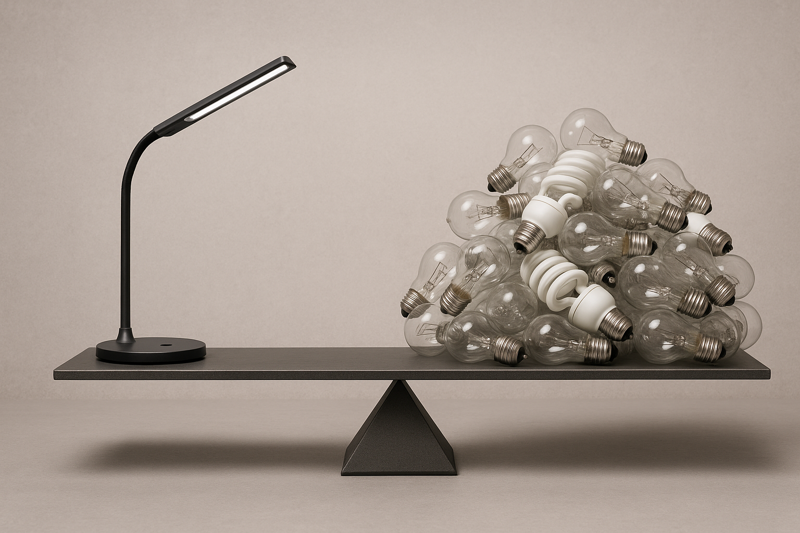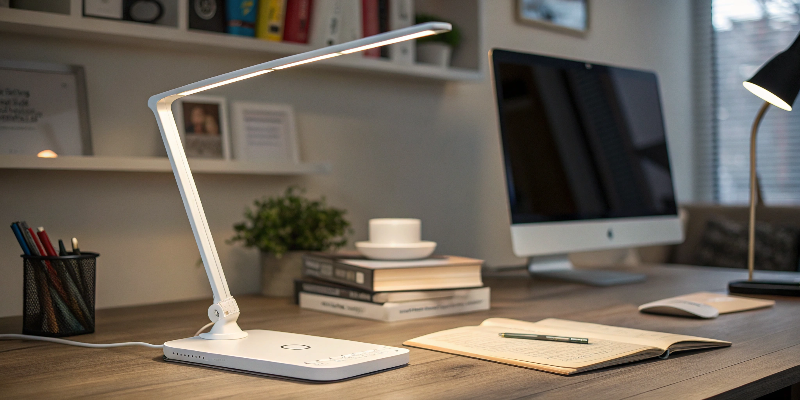
Good lighting in your home office is essential for productivity and comfort. It helps reduce eye strain, boosts focus, and creates a pleasant environment for long hours of work. Here are some key lighting strategies to create the perfect workspace.
A well-lit home office blends natural light, task lighting, and the right color temperature to enhance both focus and comfort.
Let’s dive into how to create the best lighting setup for your home office.
What type of lighting is best for a home office?
Are you unsure which lighting is best for your home office? Let’s break it down.
The best lighting for a home office is a combination of ambient, task, and accent lighting that works for both your productivity and mood.
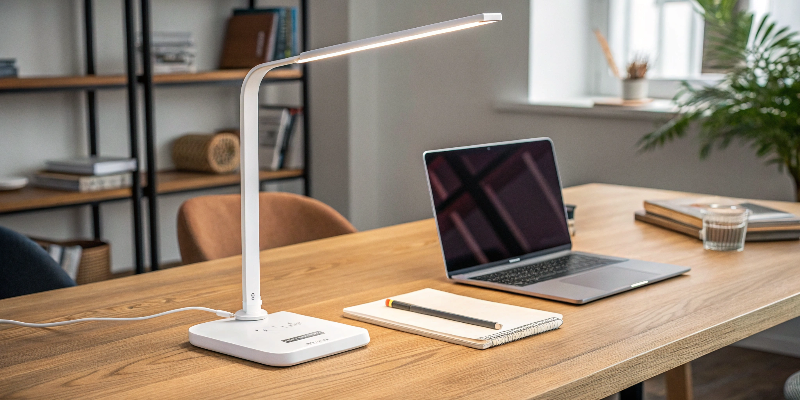
Essential Lighting Types for Your Home Office
- Ambient Lighting: This is your room’s primary light source, which provides overall illumination. A ceiling light or a large pendant light is usually sufficient.
- Task Lighting: Focused lighting for specific tasks like reading, writing, or working on a computer. Desk lamps or adjustable task lights are great options.
- Accent Lighting: These lights are used to highlight certain areas of the room, such as bookshelves, artwork, or decor, creating a more pleasant and inviting atmosphere.
Balancing these three types of lighting ensures that your office is both functional and comfortable.
What is the most efficient office lighting?
Looking for energy-efficient lighting? Here’s the answer.
LED lighting is the most energy-efficient option for office lighting, providing bright, clear light without consuming too much energy.
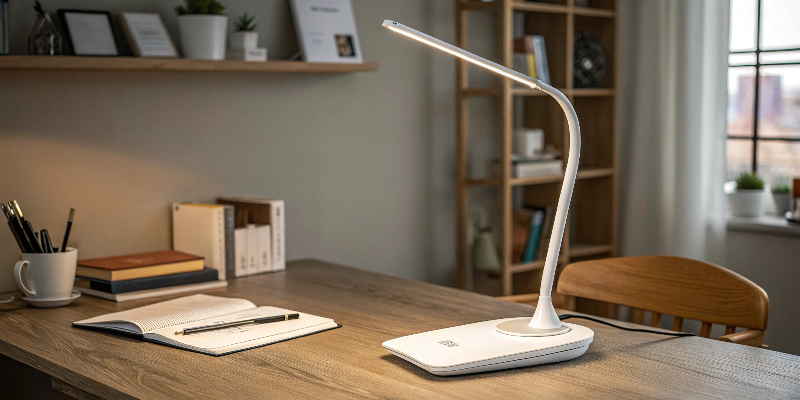
Why LED Lighting is the Best Choice
- Energy Efficiency: LED lights use up to 75% less energy than incandescent bulbs, reducing your electricity bill over time.
- Longevity: LED bulbs last longer, typically up to 25,000 hours, which means fewer replacements.
- Brightness Control: Many LED lights come with adjustable brightness, allowing you to control the light intensity based on your tasks.
- Low Heat Emission: LEDs produce less heat compared to other types of lighting, making them safer and more comfortable for long hours of use.
Switching to LED lighting will save you energy while maintaining high-quality illumination.
How should office lighting be?
Wondering how your office lighting should feel? Here’s how to make it just right.
Office lighting should be bright enough to reduce eye strain while creating a welcoming atmosphere without causing glare or harsh shadows.
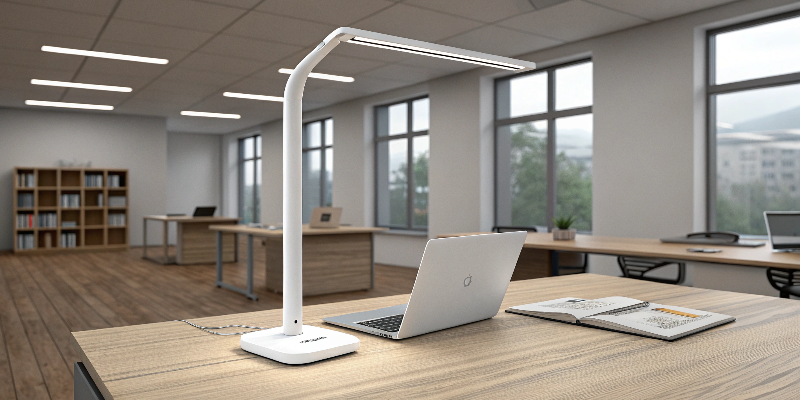
Key Considerations for Office Lighting
- Brightness: Aim for 300-500 lumens of light for general tasks. If you do detailed work, 700 lumens or more may be necessary.
- Even Distribution: Make sure the lighting is evenly spread across your workspace to avoid shadows and dark spots.
- No Glare: Position the lights to avoid glare on screens or reflective surfaces.
- Dimmable Options: Adjustable brightness gives you the flexibility to tailor your lighting to different tasks and times of day.
The right office lighting should provide clarity for focused work while promoting comfort.
How do I create natural light in my office?
Do you want to maximize natural light in your home office? Here’s how to bring the outdoors in.
Natural light is one of the best sources of lighting for a home office, as it enhances mood and productivity.
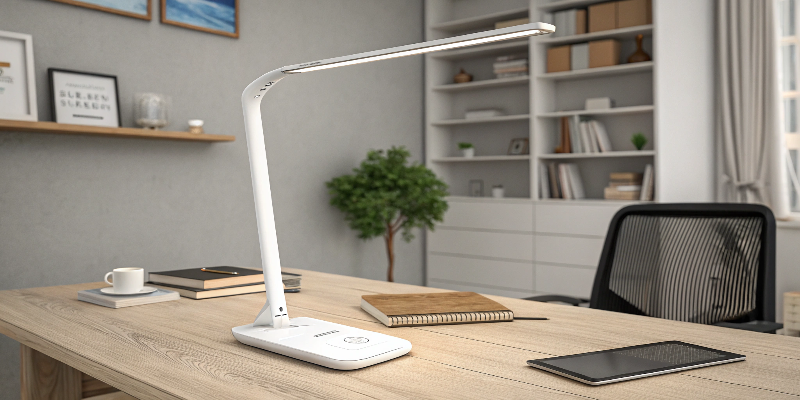
Tips for Maximizing Natural Light
- Position Your Desk Near Windows: Set up your desk near a window to take advantage of daylight, especially in the morning.
- Use Sheer Curtains: If direct sunlight is too harsh, use sheer curtains or blinds to diffuse the light and prevent glare.
- Reflect Light: Use mirrors or light-colored walls to reflect natural light throughout the room, brightening the space.
- Declutter Windows: Keep windows clean and unobstructed for the best flow of light.
Incorporating natural light into your home office can significantly boost your energy and focus throughout the day.
What is the best light color for home office?
Do you know which color light is best for your home office? Here’s the scoop.
The best light color for a home office is one that promotes focus and reduces fatigue.
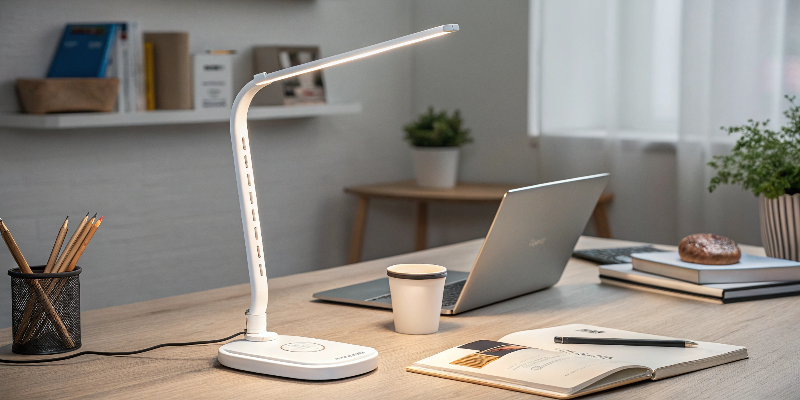
Ideal Light Colors for Work
- Neutral White (4000K-4500K): This is the ideal light color for most tasks, offering a balanced, natural light that enhances focus without causing eye strain.
- Cool White (5000K-6500K): Great for tasks that require high attention to detail, like reading or working on a computer, as it mimics daylight.
- Warm White (2700K-3000K): This creates a cozy atmosphere, making it ideal for relaxation or evening work, but it’s less suitable for detailed tasks.
Choose a color temperature that fits your work style and the type of tasks you perform most often.
Is warm or cool light better for home office?
Wondering whether warm or cool light is best for your home office? Let’s break it down.
Cool light is generally better for productivity, while warm light creates a relaxing atmosphere.
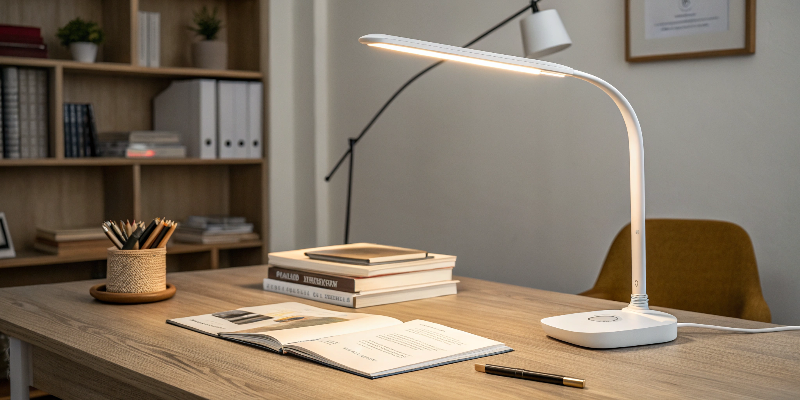
Warm vs. Cool Light
- Cool Light (4000K-5000K): Ideal for focus-intensive tasks like reading, writing, or working on a computer. It keeps you alert and sharp.
- Warm Light (2700K-3000K): Best for winding down or creating a relaxing ambiance. It’s not as suitable for detailed work but works well for evening use.
For most home office settings, cool white light is a better choice to maintain energy and focus during the day, while warm light can be great for evening relaxation or casual work.
Conclusion
Creating the right lighting for your home office is essential for enhancing productivity, reducing eye strain, and maintaining a comfortable work environment. By using a combination of LED lights, task lighting, and maximizing natural light, you can create a workspace that supports both your work needs and well-being.


